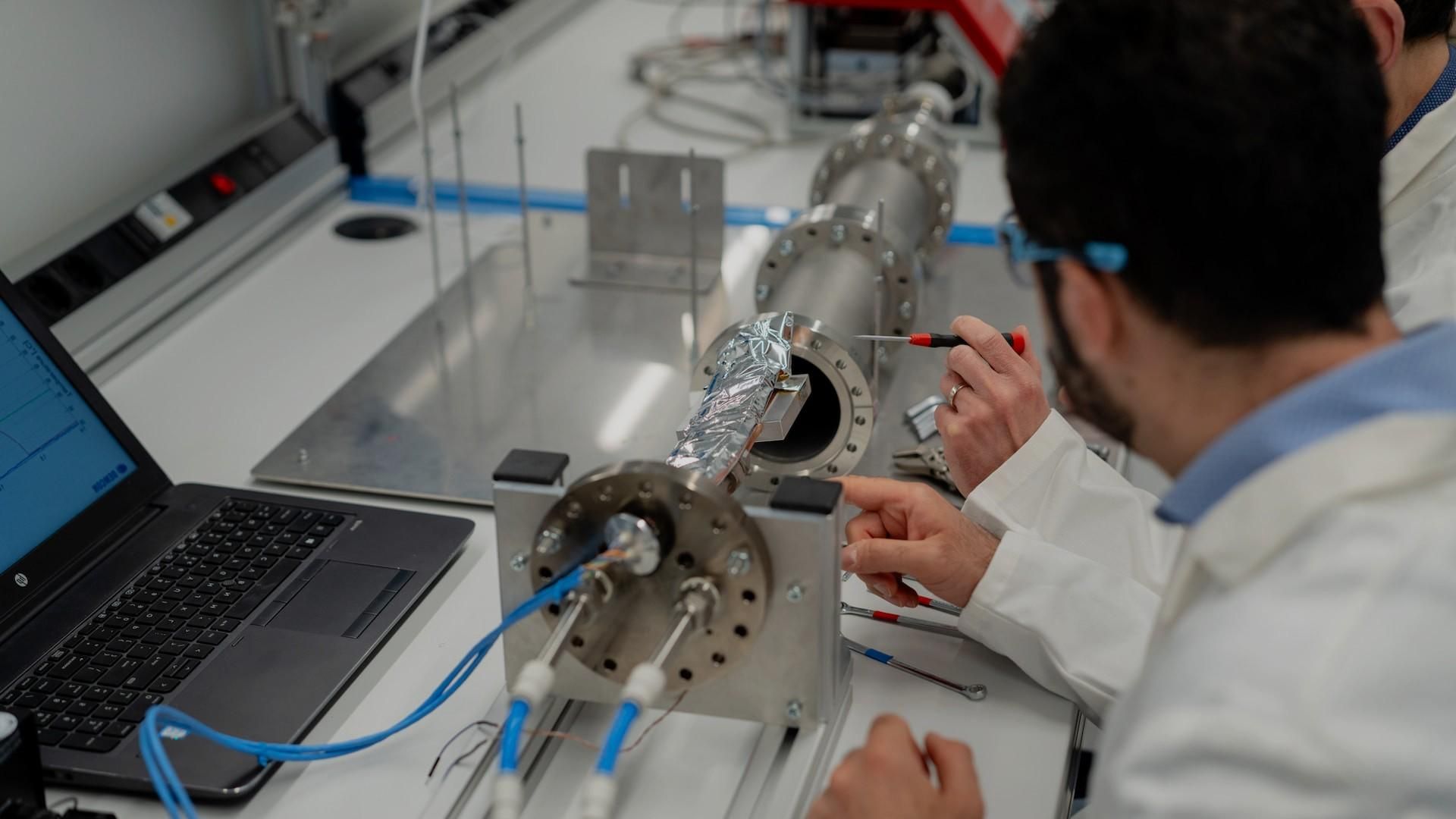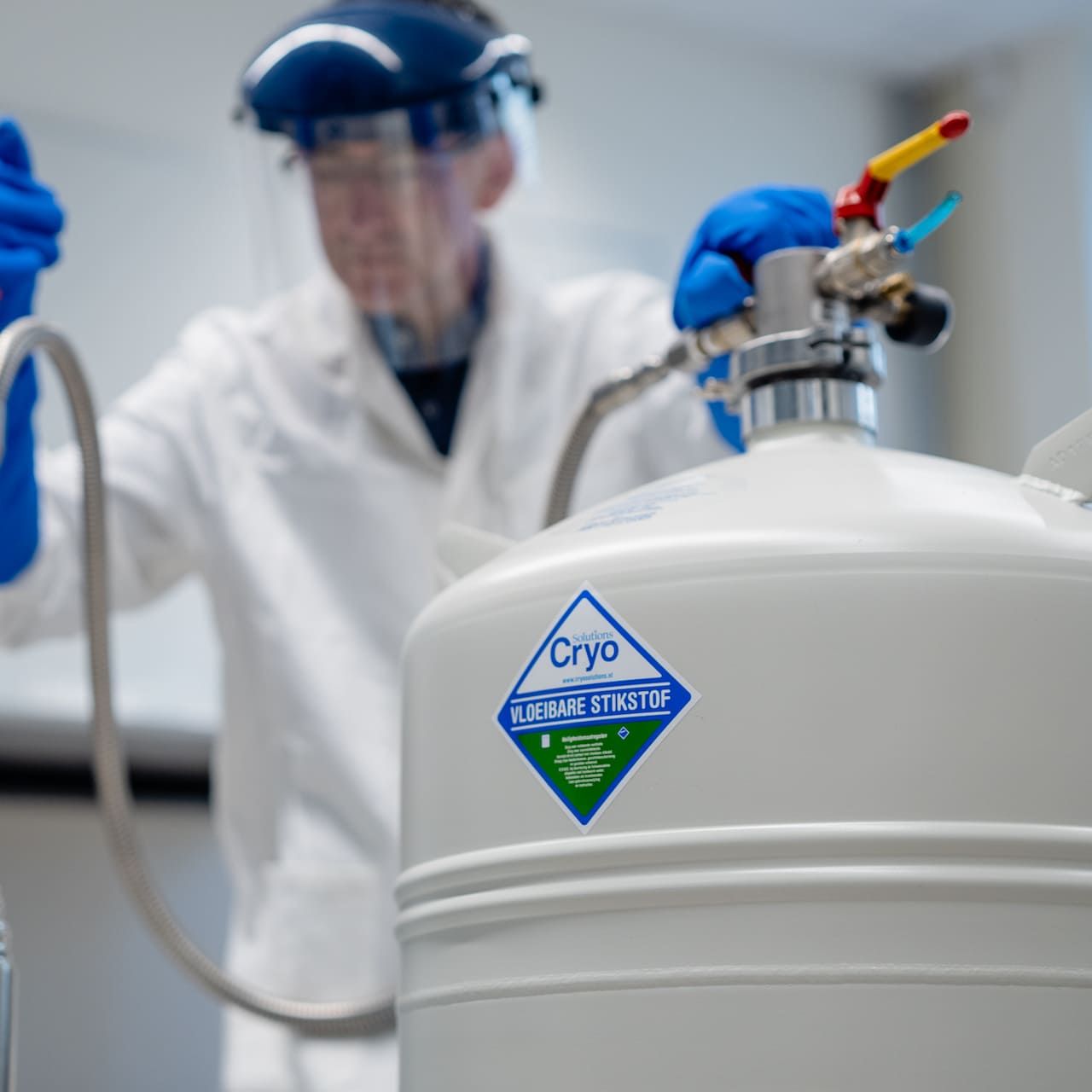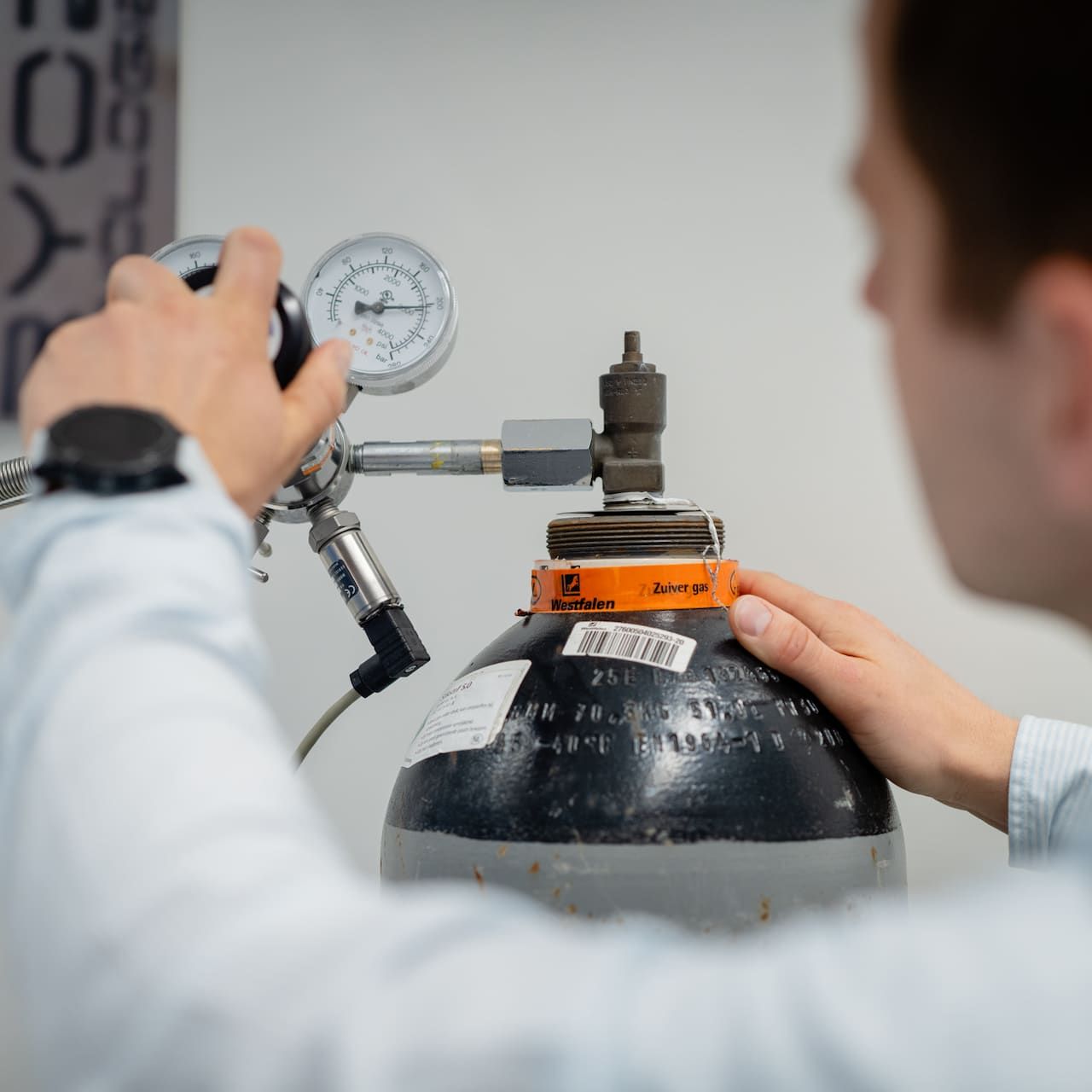
expertises.
We address technological and social challenges in a wide variety of application areas by combining our broad, in-depth expertise with our unlimited creativity. We employ a wide range of expertises to support new product introductions. These range from (thermal) system architecture & design, to extensive expertise with fluidics & vacuum technology. Our strength lies in their tailor-made integration into the multidisciplinary approach of each design project.


.jpg)
.jpg)
